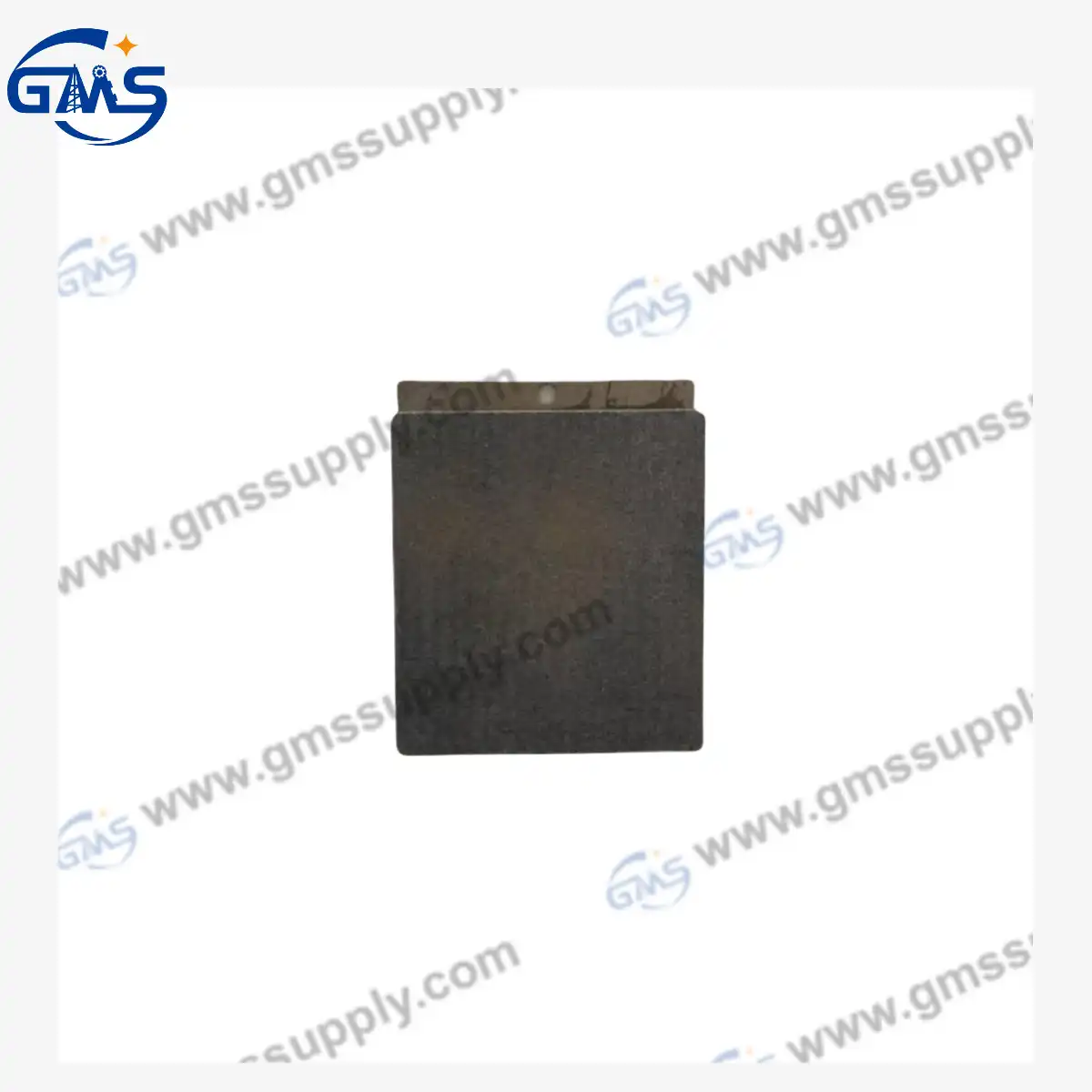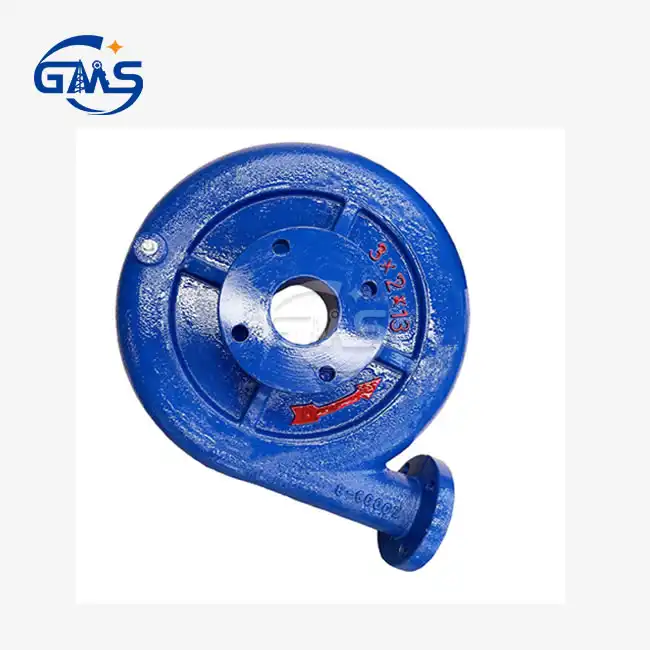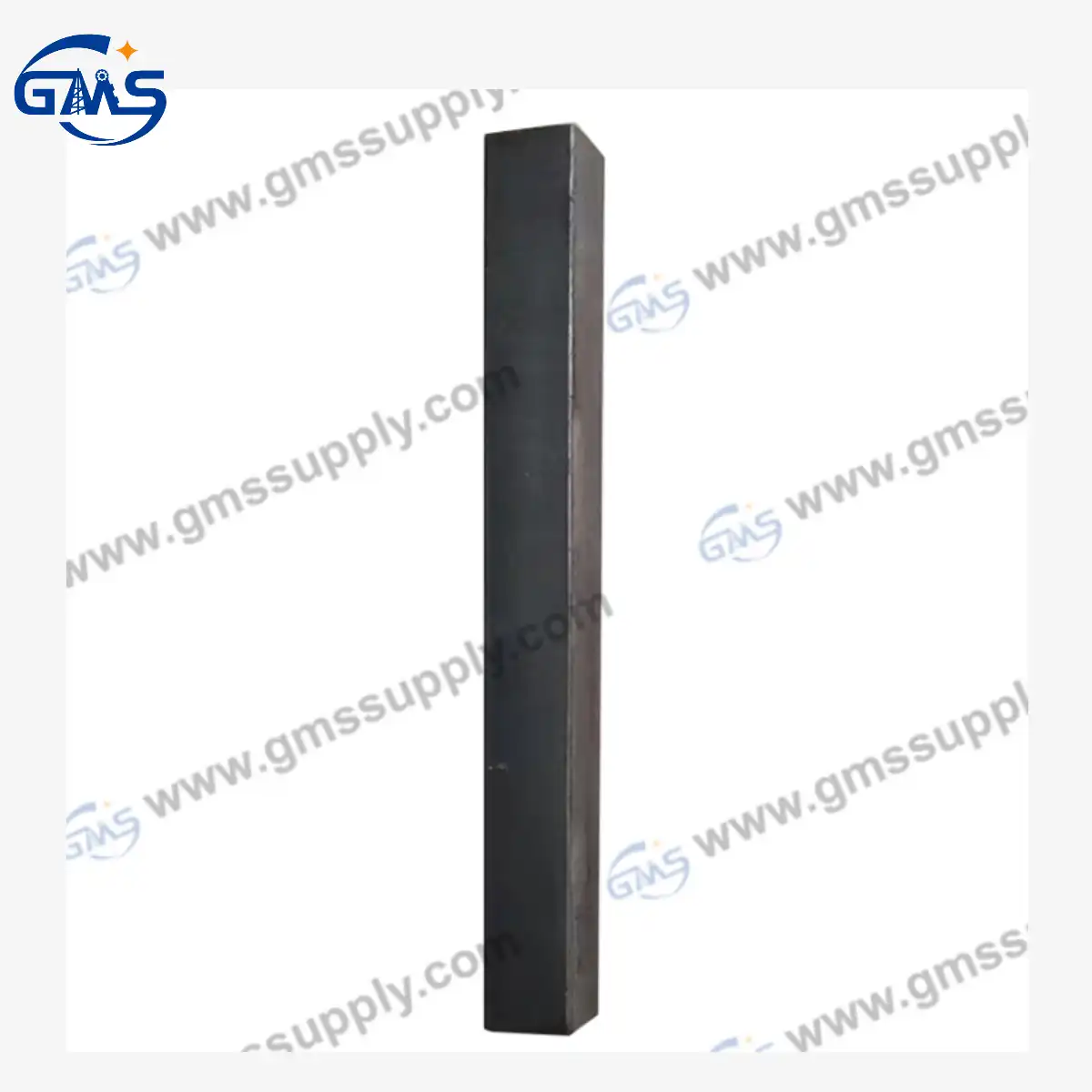- English
- French
- German
- Portuguese
- Spanish
- Russian
- Japanese
- Korean
- Arabic
- Greek
- German
- Turkish
- Italian
- Danish
- Romanian
- Indonesian
- Czech
- Afrikaans
- Swedish
- Polish
- Basque
- Catalan
- Esperanto
- Hindi
- Lao
- Albanian
- Amharic
- Armenian
- Azerbaijani
- Belarusian
- Bengali
- Bosnian
- Bulgarian
- Cebuano
- Chichewa
- Corsican
- Croatian
- Dutch
- Estonian
- Filipino
- Finnish
- Frisian
- Galician
- Georgian
- Gujarati
- Haitian
- Hausa
- Hawaiian
- Hebrew
- Hmong
- Hungarian
- Icelandic
- Igbo
- Javanese
- Kannada
- Kazakh
- Khmer
- Kurdish
- Kyrgyz
- Latin
- Latvian
- Lithuanian
- Luxembou..
- Macedonian
- Malagasy
- Malay
- Malayalam
- Maltese
- Maori
- Marathi
- Mongolian
- Burmese
- Nepali
- Norwegian
- Pashto
- Persian
- Punjabi
- Serbian
- Sesotho
- Sinhala
- Slovak
- Slovenian
- Somali
- Samoan
- Scots Gaelic
- Shona
- Sindhi
- Sundanese
- Swahili
- Tajik
- Tamil
- Telugu
- Thai
- Ukrainian
- Urdu
- Uzbek
- Vietnamese
- Welsh
- Xhosa
- Yiddish
- Yoruba
- Zulu
Sandmaster Pump Shaft: The Hidden Component Behind Smooth Pump Operation
The Sandmaster Pump shaft represents one of the most critical yet often overlooked components in centrifugal pump systems used across the oil and gas drilling industry. This precision-engineered element serves as the backbone of pump operation, transmitting power from the drive mechanism to the impeller while maintaining alignment and supporting rotational movement under extreme operational conditions. Without a properly functioning Sandmaster Pump shaft, even the most sophisticated pumping systems would fail to deliver the reliable performance demanded by modern drilling operations, cementing applications, and hydraulic fracturing processes.

Understanding the Critical Role of Sandmaster Pump Shaft in Drilling Operations
The Sandmaster Pump shaft functions as the primary power transmission component within centrifugal pump assemblies, playing an indispensable role in maintaining operational efficiency and system reliability. In drilling operations, particularly those involving MISSION Sandmaster equipment, the shaft manufactured from premium 42CrMo alloy steel must withstand tremendous rotational forces, vibration, and potential misalignment while maintaining precise tolerances. The part number 20939-02-33 shaft specifically designed for short frame pumps demonstrates engineering excellence through its shortened design that reduces overall pump length by four inches without compromising structural integrity. This compact configuration makes it ideal for space-constrained applications such as oilfield frac trucks where every inch of available space carries significant value. The shaft works in conjunction with precision bearings to ensure smooth rotation, minimize friction losses, and prevent premature wear of adjacent components including mechanical seals and impellers. When properly maintained and manufactured to exacting standards using 42CrMo material, the Sandmaster Pump shaft can deliver thousands of hours of reliable service even in the harshest drilling environments where abrasive fluids, temperature fluctuations, and continuous operation test equipment limits. The choice of replacement shaft, particularly cost-effective alternatives that meet or exceed OEM specifications, directly impacts operational costs and downtime prevention strategies.
Material Science Behind Superior Sandmaster Pump Shaft Performance
The selection of 42CrMo chromium-molybdenum alloy steel for manufacturing the Sandmaster Pump shaft reflects decades of metallurgical research and field experience in demanding industrial applications. This low-alloy steel composition provides an optimal balance of tensile strength, toughness, and wear resistance essential for components subjected to cyclic loading and potential shock loads during drilling operations. The chromium content enhances hardenability and corrosion resistance, while molybdenum improves high-temperature strength and prevents temper embrittleness that could lead to catastrophic failure. When GMS manufactures the 20939-02-33 shaft using proper heat treatment protocols including quenching and tempering, the resulting microstructure exhibits fine-grained characteristics that maximize both strength and ductility. This material specification ensures the MISSION Sandmaster replacement shaft can handle torque transmission requirements while resisting fatigue crack initiation at stress concentration points such as keyways and bearing seats. The 42CrMo material composition also provides excellent machinability, allowing precision manufacturing of critical dimensions including shaft diameter, straightness tolerances, and surface finish requirements that directly affect bearing life and seal performance. Operators choosing replacement components must verify material certifications to ensure genuine 42CrMo composition rather than inferior substitutes that may appear similar but lack the mechanical properties necessary for sustained performance under load. The investment in properly specified material pays dividends through extended service intervals, reduced maintenance costs, and minimized risk of unexpected failures that could halt drilling operations and generate substantial revenue losses.
Design Features That Make Sandmaster Pump Shaft Essential for Compact Applications
The shortened design of the Sandmaster Pump shaft, exemplified by the 20939-02-33 configuration, represents a purposeful engineering solution addressing specific operational challenges in the oil and gas industry. This compact shaft design reduces the overall pump footprint by four inches compared to standard Magnum configurations, creating significant advantages for installations where space limitations constrain equipment selection. Hydraulically-driven pump applications, particularly common on modern frac trucks and blending units, benefit tremendously from this reduced length because it allows more flexible mounting arrangements and improved access for maintenance activities. The short frame pump shaft manufactured from 42CrMo steel maintains full structural capability despite its abbreviated length through careful attention to diameter selection, bearing spacing, and critical speed calculations that prevent resonance issues during operation. GMS engineering teams carefully analyze stress distribution patterns to ensure the MISSION Sandmaster compatible shaft design includes adequate safety factors against both static and dynamic loading conditions. The shaft interfaces with specialized components including hydraulic drive adapters manufactured from QT500 ductile iron and outboard bearing housings made from QT700 material, creating an integrated system where each element contributes to overall reliability. Pump sizes ranging from compact 3x2x13 configurations to larger 10x8x14 models all utilize shaft designs optimized for their specific performance envelopes, ensuring that rotational speeds, flow rates, and pressure requirements remain within safe operating parameters. This design philosophy extends to surface finish specifications at seal faces and bearing journals where micro-finish quality directly influences component longevity and fluid containment effectiveness.
Operational Advantages of Quality Replacement Sandmaster Pump Shaft Components
Selecting high-quality replacement parts for the Sandmaster Pump shaft delivers measurable operational benefits that extend far beyond initial purchase price considerations. When GMS manufactures the 20939-02-33 shaft to match or exceed original equipment specifications, customers gain access to components that integrate seamlessly with existing pump assemblies while providing reliable performance characteristics. The cost advantages of replacement shafts become particularly significant for operations managing multiple pump units or conducting routine maintenance on aging equipment where OEM pricing may strain maintenance budgets. These aftermarket alternatives manufactured using genuine 42CrMo material and proper heat treatment processes deliver equivalent service life to original components at substantially reduced acquisition costs, allowing operators to maintain adequate spare parts inventory without excessive capital investment. The availability of replacement shafts with short lead times prevents extended downtime situations where equipment sits idle awaiting parts delivery, a scenario that generates enormous opportunity costs in production environments. Quality replacement components from established suppliers like GMS undergo rigorous quality control inspection including dimensional verification, material testing, and surface finish analysis to ensure conformance with technical specifications. For non-critical applications or budget-conscious operations, these replacement shaft options provide practical solutions that balance performance requirements against financial constraints. The MISSION Sandmaster pump designs achieve such widespread industry adoption partly because parts interchangeability reduces inventory complexity and simplifies maintenance planning across diverse equipment fleets. Operators benefit from knowing that properly specified replacement components will deliver predictable performance without requiring extensive modifications or specialized installation procedures.
Integration of Sandmaster Pump Shaft Within Complete Pump Systems
The Sandmaster Pump shaft functions as one component within a carefully engineered system where multiple elements work together to achieve reliable fluid handling performance. Understanding these relationships helps operators appreciate why shaft quality and proper specification matter so significantly. The shaft connects directly to the hydraulic drive adapter manufactured from QT500 ductile iron, a material selection that provides excellent strength-to-weight ratio and resistance to impact loading. This adapter component, identified as part number 22225-01-01 in MISSION nomenclature, transmits rotational power from the hydraulic motor to the pump shaft while accommodating minor misalignment and vibration. The shaft passes through the short pump frame constructed from HT250 gray cast iron, which provides rigid support and precise bearing alignment essential for minimizing shaft deflection under load. Outboard bearing housings made from QT700 ductile iron cradle precision bearings that maintain shaft position and resist both radial and thrust loads generated during pumping operations. The 42CrMo shaft material offers superior resistance to bending stresses that could otherwise lead to premature bearing failure or seal leakage problems. At the opposite end, the shaft connects to the impeller assembly which converts rotational mechanical energy into fluid pressure and flow. Every interface point along the Sandmaster Pump shaft length represents a potential failure mode that proper design, material selection, and manufacturing quality help mitigate. GMS attention to these critical details ensures that replacement components integrate properly with surrounding elements rather than creating weak points in the overall assembly.
Maintenance Strategies and Replacement Considerations for Pump Shafts
Implementing effective maintenance strategies for the Sandmaster Pump shaft significantly extends equipment service life while reducing total cost of ownership. Regular inspection protocols should include vibration monitoring to detect developing imbalance conditions, bearing temperature checks to identify lubrication issues before damage occurs, and shaft runout measurements to verify alignment remains within acceptable tolerances. When inspection reveals excessive wear, damage, or dimensional changes on the 20939-02-33 shaft, prompt replacement prevents secondary damage to expensive components like bearing housings, seals, and impellers. The decision between attempting shaft repair through methods like chrome plating or metal spraying versus complete replacement depends on damage extent, shaft material condition, and economic factors including downtime costs. For the MISSION Sandmaster configuration using 42CrMo material, severe corrosion, fatigue cracks, or permanent deformation typically necessitate replacement rather than repair because compromised base material cannot reliably support reconditioning efforts. GMS replacement shaft availability with short lead times makes the replacement option increasingly attractive from both technical and economic perspectives. Proper installation procedures including bearing pre-load verification, seal face inspection, and alignment checks ensure the new shaft delivers expected performance and longevity. Operators should maintain detailed maintenance records documenting shaft replacement intervals, operating hours, and service conditions to establish baseline expectations and identify potential systemic issues affecting component life. Strategic spare parts inventory including at least one complete shaft assembly provides insurance against unexpected failures that could otherwise halt operations pending parts delivery. The relatively modest investment in quality replacement components from established suppliers offers substantial protection against revenue losses associated with unplanned downtime.
Why GMS Replacement Components Offer Superior Value for Sandmaster Applications?
Global Machinery Supply has established a strong reputation as a China Sandmaster Pump shaft manufacturer delivering quality replacement components at competitive prices for oil and gas drilling operations worldwide. With over fifteen years of specialized experience in drilling machinery supply, GMS understands the critical performance requirements and reliability expectations that govern equipment selection in this demanding industry. The company's ISO 9001 certification demonstrates commitment to quality management systems that control every aspect of production from raw material procurement through final inspection and delivery. When customers purchase the 20939-02-33 Sandmaster Pump shaft from GMS, they receive components manufactured using genuine 42CrMo alloy steel processed according to established metallurgical specifications that ensure proper mechanical properties. Extensive inventory maintained at GMS facilities enables short lead times typically measured in days rather than weeks, minimizing equipment downtime and allowing rapid response to urgent operational needs. The company's technical support team provides assistance with part identification, application guidance, and troubleshooting support that helps customers select appropriate components and implement effective maintenance strategies. As both a China Sandmaster Pump shaft supplier and wholesale distributor, GMS serves diverse customer segments including drilling contractors, equipment distributors, and maintenance organizations requiring reliable sources for replacement parts. Competitive Sandmaster Pump shaft price structures make GMS an attractive alternative to OEM suppliers while maintaining quality standards that meet industry requirements. The combination of product quality, inventory availability, technical expertise, and customer service creates compelling value propositions for operations seeking cost-effective solutions without compromising performance or reliability.
Conclusion
The Sandmaster Pump shaft exemplifies how seemingly simple components play vital roles in complex industrial systems, with material selection, design optimization, and manufacturing quality directly impacting operational success. Understanding the critical functions performed by components like the 20939-02-33 shaft manufactured from 42CrMo steel helps operators make informed decisions about maintenance strategies and replacement part sourcing. GMS commitment to providing quality replacement components backed by ISO certification, extensive experience, and responsive customer service delivers practical solutions for budget-conscious operations managing MISSION Sandmaster equipment.
Ready to reduce your maintenance costs without compromising reliability? Global Machinery Supply stands ready as your trusted China Sandmaster Pump shaft factory, offering high-quality replacement components with Sandmaster Pump shaft for sale at competitive prices. As a leading China Sandmaster Pump shaft supplier committed to customer success, we maintain extensive inventory ensuring rapid delivery when you need parts most. Our position as an established China Sandmaster Pump shaft manufacturer and wholesale partner means you gain access to proven components, technical expertise, and responsive service that keeps your operations running smoothly. Contact our team today at sales@gmssupply.com to discuss your specific requirements, request detailed technical specifications, or obtain quotations for immediate or planned purchases. Whether you need a single emergency replacement or wish to establish ongoing supply relationships, GMS delivers the quality, value, and service that discerning operators demand. Don't let equipment downtime impact your bottom line—reach out now and experience the GMS difference in drilling equipment support.
References
1. Anderson, J.M. (2019). Materials Selection for Rotating Equipment in Oil and Gas Applications. Journal of Petroleum Technology, 71(4), 45-52.
2. Peterson, R.L. and Thompson, D.K. (2020). Centrifugal Pump Design and Operation in Drilling Environments. Society of Petroleum Engineers Technical Manual, 3rd Edition.
3. Williams, S.A. (2021). Maintenance Strategies for Critical Pump Components in Hydraulic Fracturing Operations. International Journal of Industrial Maintenance, 15(2), 112-128.
4. Zhang, H. and Martinez, C.E. (2018). Chromium-Molybdenum Alloy Steels in Demanding Service Conditions: Properties and Performance. Materials Engineering Quarterly, 22(3), 89-104.
Learn about our latest products and discounts through SMS or email


_1754637884686.webp)
